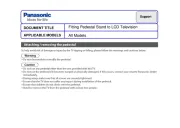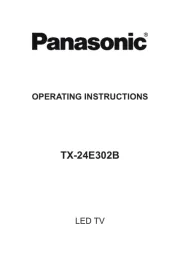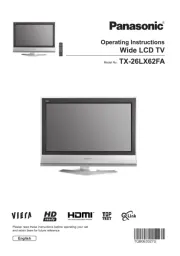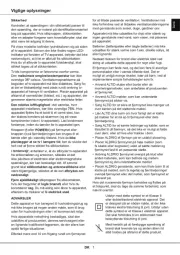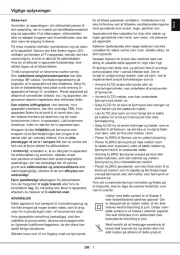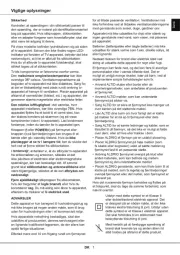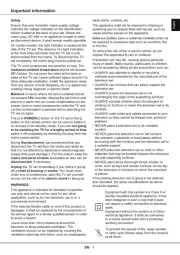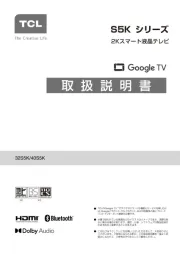Hitachi 42HDX61 Manual
Læs gratis den danske manual til Hitachi 42HDX61 (100 sider) i kategorien televisión. Denne vejledning er vurderet som hjælpsom af 17 personer og har en gennemsnitlig bedømmelse på 4.9 stjerner ud af 9 anmeldelser.
Har du et spørgsmål om Hitachi 42HDX61, eller vil du spørge andre brugere om produktet?

Produkt Specifikationer
| Mærke: | Hitachi |
| Kategori: | televisión |
| Model: | 42HDX61 |
Har du brug for hjælp?
Hvis du har brug for hjælp til Hitachi 42HDX61 stil et spørgsmål nedenfor, og andre brugere vil svare dig
televisión Hitachi Manualer










televisión Manualer
- Sencor
- Mitsai
- Aldi
- Roadstar
- Polaroid
- Lin
- Astar
- SilverCrest
- Nextbase
- CHiQ
- Hyundai
- Tele 2
- Arçelik
- Infiniton
- HCI
Nyeste televisión Manualer
